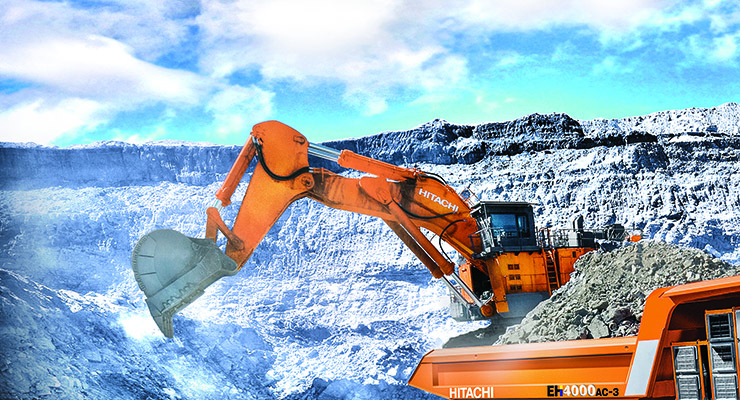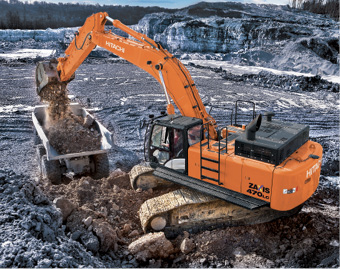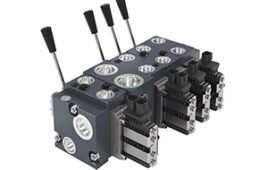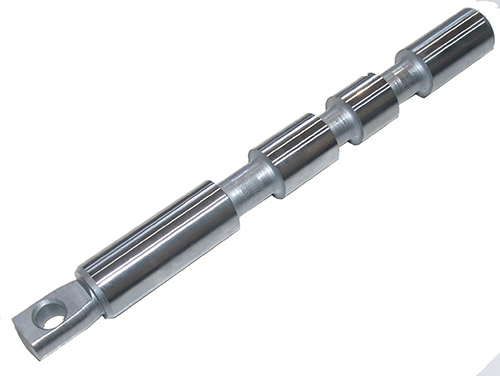Hydraulics works well in extreme conditions, including in mobile equipment such as excavators. Hydraulic systems run at higher pressures here, typically 4,000 psi or more. The components used, including the cylinders, are very heavy duty in nature, and they have high duty cycles—which means these machines can run for hours at a time—continuously. And, it goes without say, they take a lot of abuse.
As such, the cylinders used on excavators have to be very robust. A machine like this can cost $400,000—and if used in construction of multi-million dollar projects, you can’t have a lot of down time if you want to be productive. They generally use modular welded slash mill pipe cylinders and typically, they’re custom made for the application.
When you put weight on a cylinder in a side-load fashion, where there’s not any force vector linear with the cylinder itself but actually to the side of it, problems can occur. The piston rod wants to cock inside the cylinder, to come in or out at an angle. What that does is create wear inside the cylinder on the piston and the barrel, as well as the bearing and the gland on the head itself.
 If you were to try to cycle a cylinder back and forth with a side-load on it, it would start to wear on opposite sides of the barrel and piston as well as start to wear the bearing and the gland. Seals would wear, there would be scoring and scratching inside the barrel, and slowly the cylinder would lose effectiveness, if not result in catastrophic failure of the rod itself.
If you were to try to cycle a cylinder back and forth with a side-load on it, it would start to wear on opposite sides of the barrel and piston as well as start to wear the bearing and the gland. Seals would wear, there would be scoring and scratching inside the barrel, and slowly the cylinder would lose effectiveness, if not result in catastrophic failure of the rod itself.
From a sealing perspective, with the high force loads and the type of movements that excavators can go through, typically they’re made for digging—but if you’ve ever seen say an excavator doing demolition, they can push, pull, and move things sideways. Some excavators can even crawl up into a dump truck all by themselves. They can often be abused and used in many ways that they were not originally intended, and it’s often the hydraulic system and the cylinders that pay the price.
Filed Under: Mobile Hydraulic Tips




